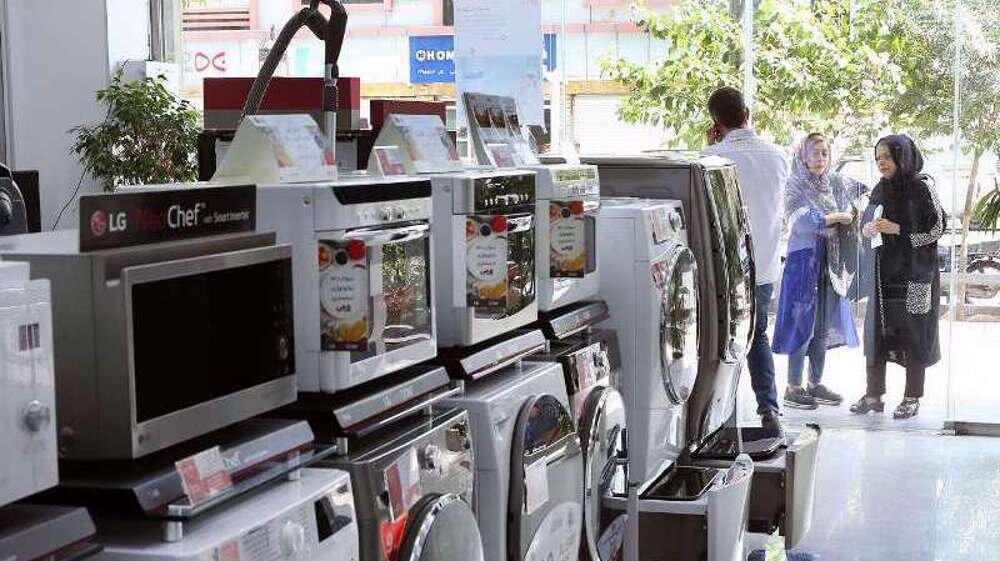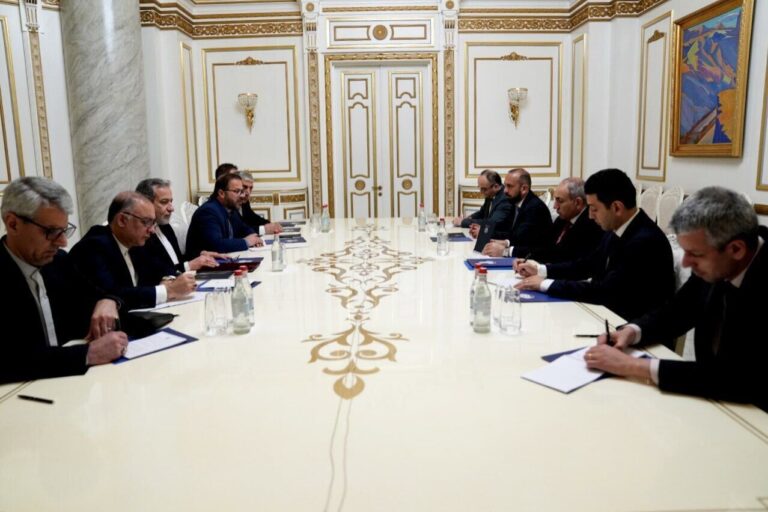Iran Reopens Doors to Imports, Ending Ban on Competing Domestic Goods!
The Iranian Presidency’s legal department has made a significant announcement regarding the importation of consumer goods in a recent letter directed to the Ministry of Industry, Mine and Trade (MIMT). This decision, reported by the semi-official ISNA news agency, indicates a shift in Iran’s import policy that could impact the availability and pricing of consumer durables in the country.
According to the letter, dated April 30, the ban that was imposed in 2019 on imports of foreign-made consumer goods, which had domestically-produced equivalents, has now expired. This change allows the MIMT to place orders for these foreign goods while still retaining the authority to regulate imports by implementing tariffs on specific items. This development comes at a crucial time as voices within Iran express concerns that the prior import restrictions have led to a monopoly among local manufacturers, resulting in inflated prices for consumers who often receive low-quality products.
Supporters of the import ban argue that it has bolstered local manufacturing capabilities and has been essential in curtailing the government’s extensive import bill, particularly amidst the challenges posed by US sanctions that limit Iran’s access to foreign currency. Data released by the Iranian government suggests a consistent increase in domestic manufacturing activity in recent years, indicating some level of success in fostering local industry.
Background of the Import Ban
To understand the current situation, it’s important to look back at the history of the import ban. In September 2021, a previous Iranian government enforced a complete ban on the importation of home appliances. This decision significantly impacted imports from well-known South Korean brands such as Samsung and LG, which had previously been popular in the Iranian market.
Sources revealed that this ban was partially a reaction to South Korea’s inability to return Iranian funds that had been frozen due to US sanctions. As a result, the Iranian government sought to protect local manufacturers by limiting foreign competition, but this protectionism has sparked a heated debate among consumers and industry stakeholders.
Concerns from Consumers and Manufacturers
Many consumers have voiced their frustration over the high prices and low quality of domestically-produced home appliances. The Iranian Association of Home Appliance Manufacturers has also expressed concerns regarding the MIMT’s slow response to processing import applications, a week after the decree to lift the import restrictions was issued.
- Impact on Prices: Consumers are facing exorbitant prices for essential home appliances.
- Quality Concerns: Many domestic products fail to meet quality expectations.
- Manufacturer Monopoly: The ban has led to a lack of competition in the market.
Despite the lifting of the import ban, the MIMT has yet to take decisive action in facilitating the importation process, leaving many to wonder how soon they will see changes in the market. The association has called for prompt action to ensure that consumers have access to a broader range of products, which could ultimately lead to better pricing and quality.
The Future of Consumer Goods in Iran
As the Iranian government navigates these complex issues, the future of consumer goods and home appliances in the country remains uncertain. The decision to lift the import ban could pave the way for increased competition and improved product quality. However, it will be crucial for the MIMT to act swiftly to implement the new policy and ensure that import applications are processed efficiently.
In conclusion, the recent developments regarding the importation of foreign-made consumer goods in Iran represent a pivotal moment in the country’s economic landscape. As the MIMT prepares to adjust its policies, consumers and manufacturers alike will be watching closely to see how this shift impacts the availability and pricing of essential household items.
With ongoing debates about the balance between supporting local industries and providing consumers with quality products at fair prices, the coming months will be critical for shaping the future of Iran’s consumer goods market.
Stay tuned for further updates as this situation continues to evolve.






